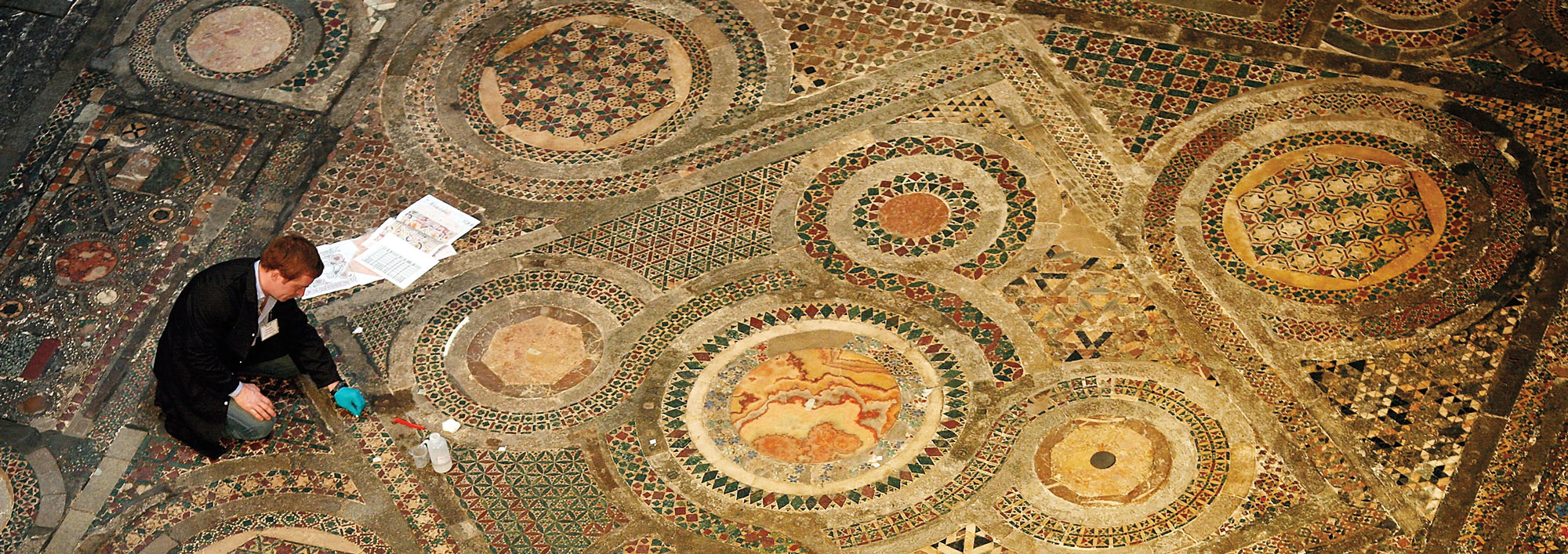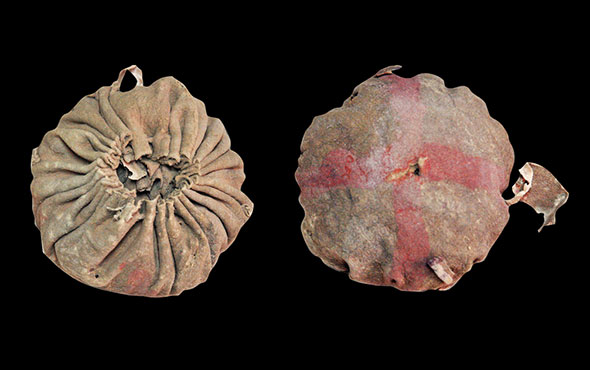
CAMBRIDGE, ENGLAND—According to a Gizmodo report, Piers Mitchell of the University of Cambridge and his colleagues used advanced medical imaging equipment to look for tumor lesions on the bones of 143 people who were buried in cemeteries in the city of Cambridge, England, between the sixth and sixteenth centuries A.D. “We think the total proportion of the medieval population that probably suffered with a cancer somewhere in their body was between nine and 14 percent,” Mitchell explained. Many people may develop cancer and not die from it, he added. It had been previously thought that cancer was relatively rare because people’s lives were shorter than they are now, and it is widely assumed that most people were exposed to fewer industrial pollutants. “Until now it was thought that the most significant causes of ill health in medieval people were infectious diseases such as dysentery and bubonic plague, along with malnutrition and injuries due to accidents or warfare,” added Jenna Dittmar of the University of Aberdeen. “We now have to add cancer as one of the major classes of disease that afflicted medieval people.” To read about a man who died from metastatic cancer around 1200 B.C. in what is now northern Sudan, go to "Ancient Oncology."










